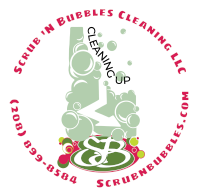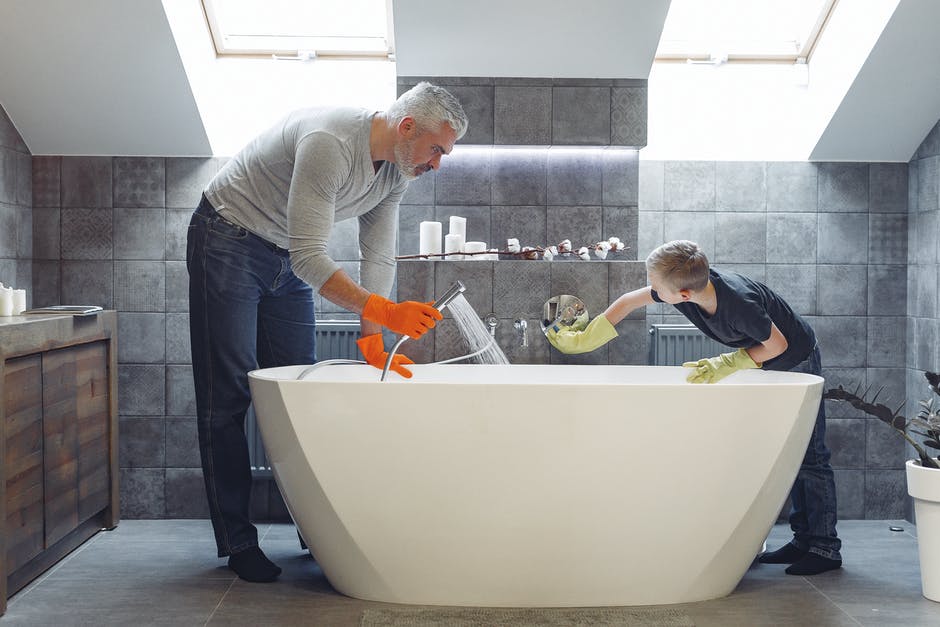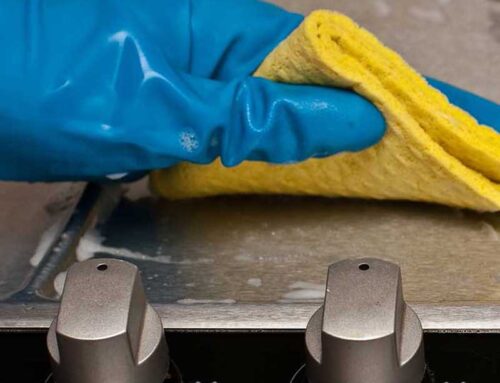When every member of your family is busy, staying on top of your household chores can seem impossible. But, when you all eventually stop buzzing around, it’d be nice to collapse onto a couch that isn’t covered in laundry.
A chore chart for your kids can help you keep up with household chores and ensure your home is tidy and organized. They are a visual reminder to your kids of the tasks they need to complete.
It’s important to choose a chore chart that matches your child’s developmental stage and that you can adapt and change as they get older. Read on for some chore chart ideas that work for your family long-term.
Age-Appropriate Tasks
When assigning tasks to your children, it’s important to only give them tasks they can manage. Asking a toddler to hang the laundry on the line is just going to frustrate both of you!
Here is a list of tasks you can give to children of various age groups:
Toddlers (2-3 Year Olds)
When they’re this small, you can’t expect much help with general housekeeping. But, it’s important for toddlers to begin taking ownership of their things and their spaces.
Your toddler can:
- make their bed
- put their dirty clothes in the hamper
- put their clean clothes away
- tidy their toys
Preschoolers (4-5 Year Olds)
When your child reaches preschool, they can start helping out around the house as well as look after their bedrooms.
You can ask your child to do the following:
- put dirty dishes in the dishwasher
- set the table
- water the plants
- help to feed your pets
- tidy their room
- get the mail
- help put away groceries
Elementary Schoolers (6-9 Year Olds)
Elementary school kids are able to assist with more around the house, but they may start resisting the extra work. Helping around the house is important to keep your kids grounded and it teaches them about the benefits of teamwork and diligence.
You can ask your 6-9 year old to do the following:
- prep snacks
- help with food prep
- sew buttons
- dust the house
- wipe the table
- pull weeds in your garden
- sweep
- sort the family‘s laundry
Tweens (10-12 Year Olds)
This is the awkward age right before your kid becomes a teenager. They’re old enough to start planning their futures, but still too young to go without your support and guidance.
You can ask your tween to do the following:
- take out the trash
- sort and fold the family’s laundry
- vacuum and mop the floors
- change their sheets
- prepare simple meals
- clean light fixtures
Teenagers (13+ Year Olds)
Once children hit their teenage years, most of them experience a dip in their overall energy. Teen tiredness is often completely normal, but can impact their eagerness to help out around the house!
Encourage your child to help out when they can, and thank them for their effort. A chore chart for teens can include the following:
- clean the fridge
- mow the lawn
- prepare meals
- help with meal planning for the family
- walking family pets
- cleaning bird cages or litter boxes
- general tidying
Design Your Chore Chart
The motivation behind a chore chart is to keep the house clean, limit nagging from the parents, and build good habits for the child. If they’ve grown up taking care of their things, organizing their room, and helping to look after the house, they will be equipped for living on their own one day.
When designing a chore chart for your kid, you want to ensure it’s adaptable, visual, and (most importantly) simple. Here are some tips for creating a solid chore chart:
1. Divide Into Daily and Weekly Tasks
Your child needs to do some chores (like making their bed and setting the table) daily, and others less frequently (like mowing the lawn or cleaning the fridge). Divide your overall task list into daily tasks and weekly tasks. This keeps your child from being overworked and feeling overwhelmed.
2. Choose a Daily or Weekly Chart
When designing your child’s chore chart for their daily tasks, you can choose to track progress daily or weekly. For a daily progress chore chart, you hit the reset button every day. For a weekly progress chart, you can hit the reset button before or after the weekend.
For a daily progress chart, you can divide the chart into two sections: need to do and done. When your child’s completed a task, they can move the task from the need to do section into the done section. At the end of the day, move all the tasks back into the need to do section.
For a weekly progress chart, a grid works best. Put the tasks down the left-hand side, and the days of the week along the top.
3. Use an Erasable Surface
Making a chore chart is a chore in and of itself. To cut down your workload, create a reusable chore chart. This means that at the end of the day or week, you can erase the ticks and start over.
Whiteboard
Weekly progress charts are best for whiteboards. Use a permanent marker to draw a grid, write the tasks down the left-hand side of the grid, and write the days of the week along the top. If your child can’t read yet, you can print pictures of the task and stick them onto the board.
Each day, your child can use a whiteboard marker to tick off their completed tasks. At the end of the week – use a cloth to wipe the slate clean and start fresh.
If you ever need to switch out a task or adjust the grid, simply draw over the permanent marker lines with a whiteboard marker. The marks will wipe right off!
Magnets
A magnetic chore chart is just as reusable and works well for younger children. For a daily progress chart, write the task on a magnet. When it’s complete, your child can place it in the done section.
For a weekly progress chart, use smiley faces or other cute magnets to mark the complete tasks in your grid.
Design the Perfect Chore Chart for Your Family
With the right chore chart, you can help your child take ownership of their things and learn to help out around the house. Hopefully, you have a good idea of how to design a chore chart that works for your family long term.
Want more advice for keeping your home clean? Check out our blog for cleaning tips you need to know today.





